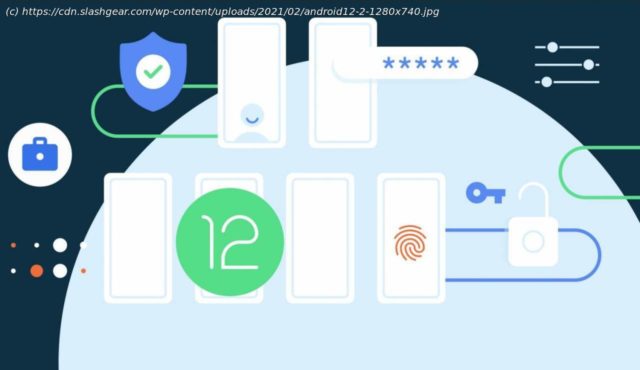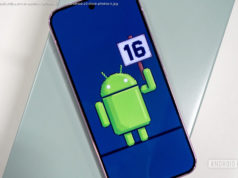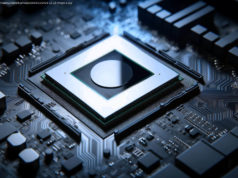The next version of the Android operating system, codenamed internally as ‘Snow Cone’ has taken its maiden steps into the realm of inception with Google
The next version of the Android operating system, codenamed internally as ‘Snow Cone’ has taken its maiden steps into the realm of inception with Google recently announcing the Developer Preview of the Android 12 OS, which is still around six months from the final release. After the excitement of Android 11 on flagship devices and newly released phones, the next thing for geeks to look forward to is the Android 12 operating system on their devices. The OS will go through eight release cycles in its evolution over this year – with a public beta expected in a few months before finally coming to the users in a stable release version in the latter half of 2021. The major focus of the operating system is going to be human communications – giving preference over push notifications from on device apps. Other major areas of focus, when it comes to the user interface, are performance and design overhaul. Like all times, Pixel phones including Pixel 3, Pixel 4, and Pixel 5 series phones will have the privilege of getting the first taste of the Android 12 OS. Right now it’s too early to make any conclusions about the intricacies of the Android OS, as it is a developers only preview and not a user-centric build. Still, there are some things that are fueling the excitement already for tech-savvy Android users. Android OS version upgrade follows a very typical pattern that we all have observed over the years. One version has focus points on the UI changes and the overall look and feel of the operating system while the next one concentrates more on the functional aspects for a deeper under-the-hood revamp. Since Android 11 was more of a functional bump-up, the Android 12 is leveraged more toward the visual end of the spectrum.






